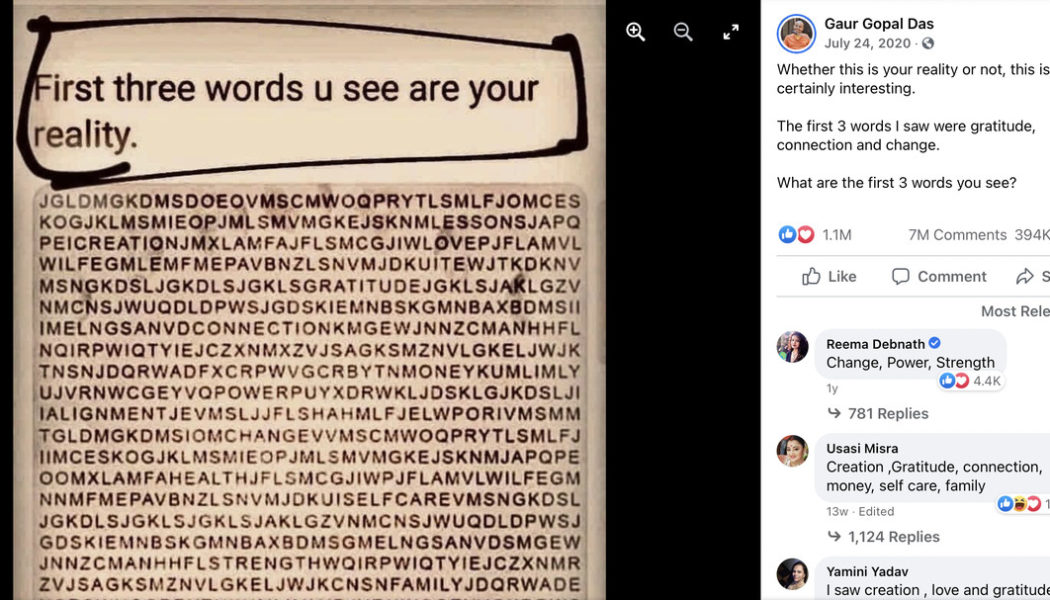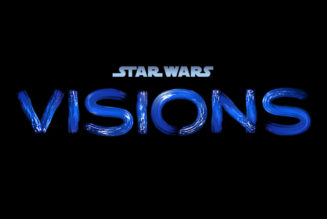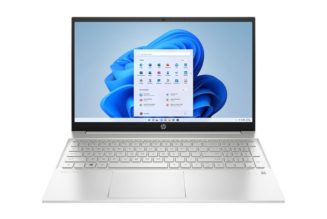Facebook has released a report to show what content was most widely viewed by Americans in the last quarter, and the list includes a post from President Biden, a video from 5-Minute Crafts, and arguments about whether you should put sugar on spaghetti. Facebook’s report comes as a response to frequent reports that some of the platform’s posts with the most interaction are from right-wing sources that critics say could have a radicalizing effect on users. Facebook says that the report shows what people actually see on the platform, as opposed to what content on Facebook gets the most interaction, and that it’ll be creating these reports on a quarterly basis in the future. However, the picture the report paints is, by Facebook’s own admission, an incomplete one.
Wednesday’s report covers the public News Feed content seen by Facebook’s US viewers between the beginning of April and the end of June. It contains sections including showing the top 20 domains, links, pages, and posts in terms of views. Facebook also released a companion guide that describes how it got and analyzed the data for the report.
:no_upscale()/cdn.vox-cdn.com/uploads/chorus_asset/file/22790432/Screen_Shot_2021_08_18_at_10.16.46_AM.png)
According to the report, the most-viewed post is a letter scramble that invites users to pick out the first three words they see. The second most-viewed posts asks users over 30 to post a picture of themselves if they look young. Facebook has the full list of posts, along with links and screenshots, in its report, which you can view here.
Looking through Facebook’s lists, it’s all rather tame stuff. The most-viewed domains (which shows which websites’ links were the most viewed, as opposed to which specific links got the most eyes) include sites like YouTube, UNICEF, Spotify, and CBS News, while the most-viewed pages include a page called “Woof Woof” and “Kitchen Fun With My 3 Sons.” The seventh most-viewed link is an adorable GIF of kittens, and the third is UNICEF’s response page for India’s COVID-19 crisis.
For some, this may seem surprising or suspect. We’ve heard before that Facebook’s own tools show that right-wing content from the likes of Ben Shapiro and Sean Hannity is what captures the most interaction from the site’s users, and Facebook is reportedly well aware of that perception. In July, The New York Times ran a story that described how data published by journalists led to a battle within the company about whether it should be as open as possible with what its users engage with, or if limiting access to that data made Facebook look good. As the Times put it, it was a clash between transparency and image management.
Facebook denied that characterization then, and it still does. “The narrative that has emerged is quite simply wrong,” Facebook’s VP of integrity, Guy Rosen, said on a call with reporters Wednesday. He added that the goal of releasing the data is to give an “accurate representation” of content on Facebook.
While the report’s contents may be interesting, they’re not exactly representative of everything that Facebook users actually see. Facebook itself says in the report that the top posts were less than 0.1 percent of the content viewed by the site’s US users. According to the report, the percentage is similar for the top 20 links as well, though the domains made up for 1.9 percent of US news feed content views.
:no_upscale()/cdn.vox-cdn.com/uploads/chorus_asset/file/22790321/Screen_Shot_2021_08_18_at_9.30.12_AM.png)
Another caveat is that the views Facebook’s report show are the ones for public content — things shared in private groups or on private profiles aren’t included, as Facebook says that would be a violation of privacy. Groups specifically, though, are seen as a large source of misinformation and bad behavior on Facebook, and the company has had to continuously navigate how to enforce existing rules and create new ones to manage them.
All this goes to say that, while the report from Facebook is interesting to look through, it’s important to keep in mind what it is and what it isn’t. Facebook has been very clear that there’s a difference between what people see on Facebook and what they interact with, and this report really only touches on the former. There is an argument to be made, though, that what people interact with is what will actually affect them the most — you’re more likely to remember something you commented on than something you scrolled past. Plus, as noted before, the report only shows a tiny slice of News Feed views — with Facebook’s users getting a custom news feed, Facebook can only really summarize so much, which ends up leaving out a lot.









